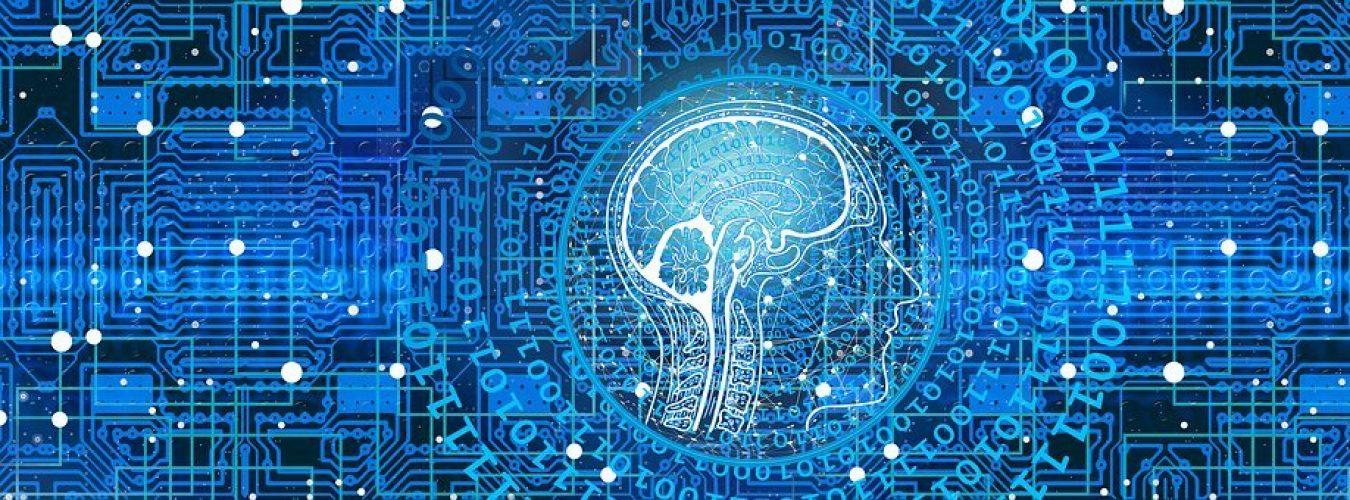Three men received on the 4th October, 2022 the physics Nobel prize “for experiments with entangled photons, establishing the violation of Bell inequalities and pioneering quantum information science”. Their names are Alain Aspect, John F. Clauser and Anton Zeilinger. Simultaneously, I was at an event to commemorate the 75th date of death of the famous physicist Max Planck.
I have made one previous article where I explained what groundbreaking discovery in physics we owe Max Planck. You can read the article here. To sum it up in short, Max Planck postulated Energy does not interact with matter in a continuous spectrum but in discrete “portions” that are a multiple of his famous constant h= 6,626 070 15 · 10−34 Js. E=Nhf is his famous formula with N being a natural number, h Planck’s quantum of action and f the frequency of the wave. We call this the quantum theory and it introduced us to a pathway of many new discoveries in physics outside of the world of classical physics. If you don’t believe me, we just have to look at the work of our three recent Nobel laureates.
John Clauser took measurements that supported quantum mechanics by violating the so-called Bell inequality. What does that mean? I need to give you a bit of background. To develop quantum computers or quantum networks, scientists make use of a quantum mechanical concept that they call an entangled state. It describes the behavior of two particles that are spatially separated yet influence what happens to the other particle. So the quantum state of one particle cannot be described in the Independence of the other particle. The quantum state, however, “is a mathematical entity that provides a probability distribution for the outcomes of each possible measurement on a system”.
Even Einstein thought this entanglement to be spooky. Even though no information is exchanged between the particles, their state depends on each other. Therefore, Einstein assumed there were hidden variables, which influence such measurements. But the so called “Bell-tests” could already refute his assumptions several times. But these experiments still allowed space for speculation, if the measured correlation is explainable without quantum mechanics. The freedom-of-choice-loophole was a tough one because theoretically it was thinkable that particle and measurement were causal influenced before the experiment. But this speculation was already closed in 2018 when researchers used the light of two spatially separated quasars to define the setting of their measurement. Einstein was wrong and there is also nothing spooky about entanglement:
” “It may be tempting to think that the particles are somehow communicating with each other across these great distances, but that is not the case,” says Thomas Vidick, a professor of computing and mathematical sciences at Caltech. “There can be correlation without communication,” and the particles “can be thought of as one object.” “
So let’s go back to the Bell inequality:
"In the 1960s, John Stewart Bell developed the mathematical inequality that is named after him. This states that if there are hidden variables, the correlation between the results of a large number of measurements will never exceed a certain value. However, quantum mechanics predicts that a certain type of experiment will violate Bell’s inequality, thus resulting in a stronger correlation than would otherwise be possible".
The laureates, however, could find such violation of Bell’s inequality.
What does that have to do with Max Planck?
Max Planck was the man who made a revolution in physics. He abandoned classical physics and introduced the quantum theory, which allowed us to build all the cool digital electronic we know and use every day. Computers, Smartphones, Chips, transistors…The quantum world works entirely differently from the macro world and this is something that we can use and research on as we saw from the Nobel prizes for physics this year. We can’t describe entanglement with classical physics, nor explain the radiation spectrum of a black body, nor explain how Energy interacts with matter. It is Planck who brought light to the dark.
References:
https://scienceexchange.caltech.edu/topics/quantum-science-explained/entanglement
https://www.nobelprize.org/prizes/physics/2022/press-release/
